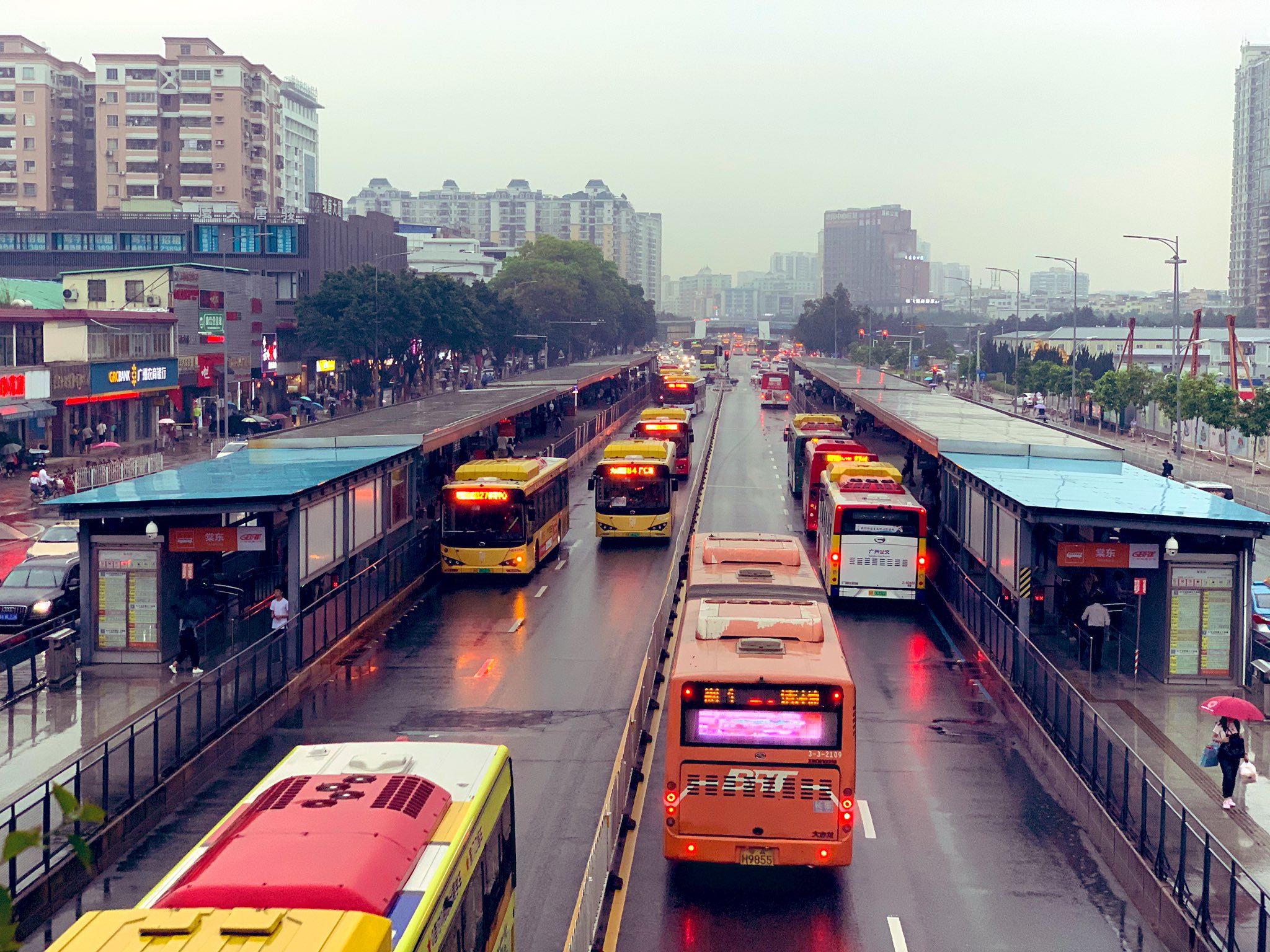Transport is the movement of people and goods from one place to another. It plays an important role in the economy, society, and environment of any country. It is an essential part of the infrastructure that makes up a modern society.
There are many different types of transport, including air, water, rail, road, and pipeline. Each type has its own advantages:
Air Transport: Transfer in the South Florida is the fastest form of transport and is mainly used for long-distance travel. It is also the most expensive form of transport.
Image Source: Google
Water Transport: Water transport is mainly used for the transportation of goods and people over large distances. It is slower than air transport but is cheaper and more efficient.
Rail Transport: Rail transport is mainly used for the transportation of goods and passengers over long distances. It is a safe and reliable form of transport, but can be expensive.
Road Transport: Road transport is the most common form of transport. It is used for the transportation of goods and passengers over short and medium distances. It is cheaper and faster than rail transport, but can be dangerous due to the risk of accidents.
Pipeline Transport: Pipeline transport is used for the transportation of liquids and gases over long distances. It is the most efficient and cost-effective form of transport, but can be dangerous due to the risk of leaks and explosions.
Conclusion
Transport plays an important role in the economy, society, and environment of any country. There are many different types of transport, each with its own advantages and disadvantages. Transport has a major impact on the environment, economy, and society, but it also has negative impacts such as air pollution, noise pollution, and traffic congestion.

